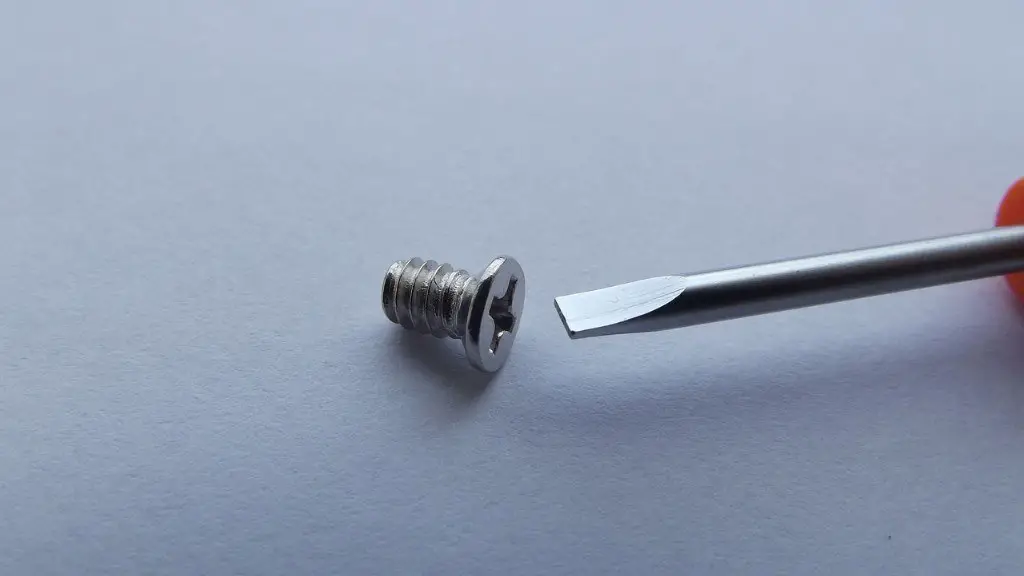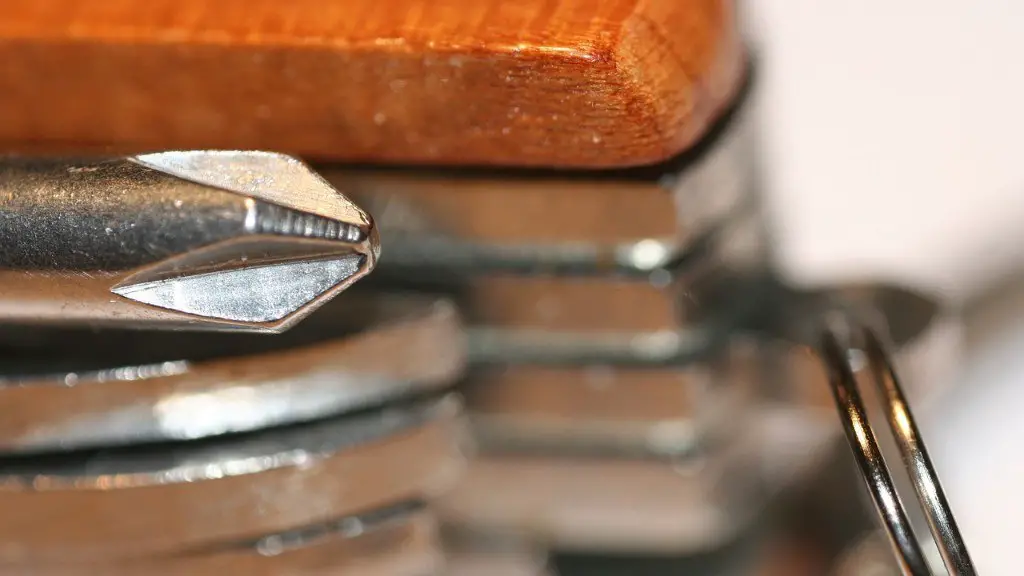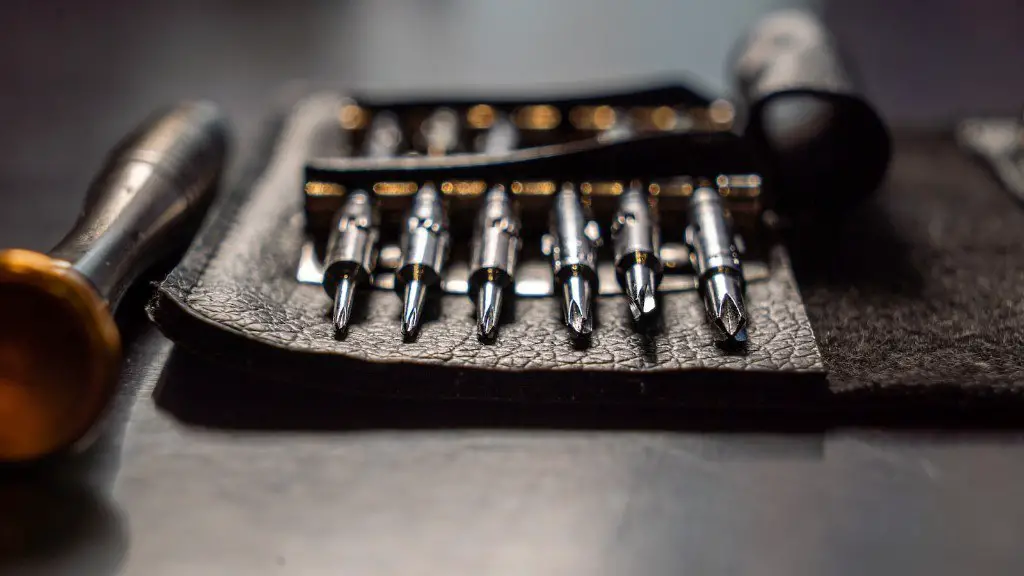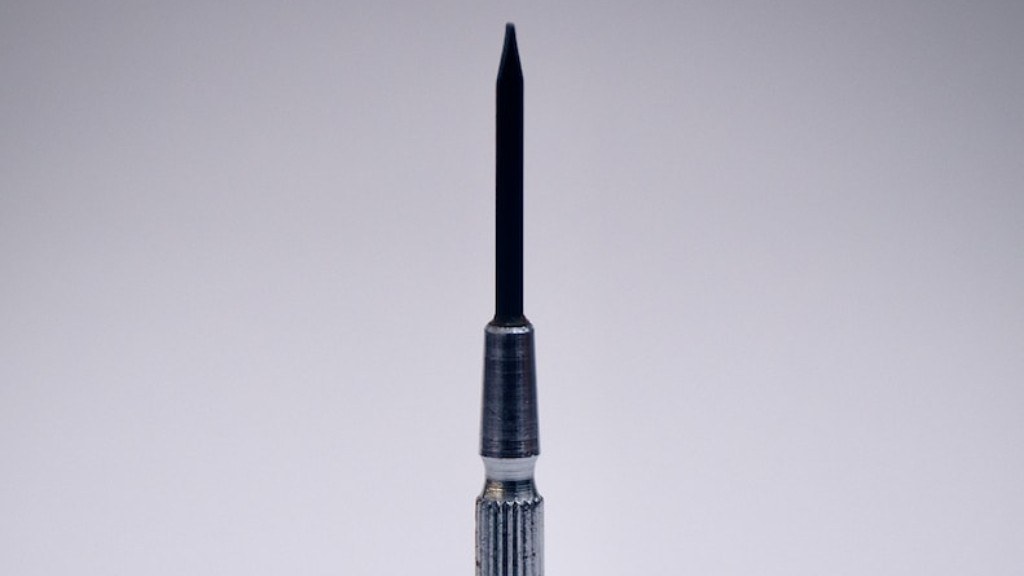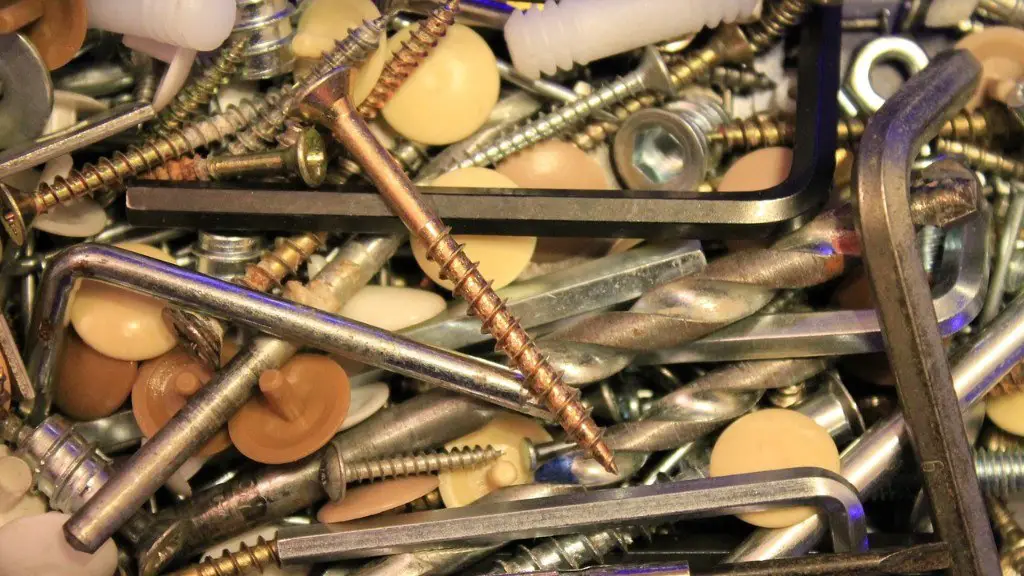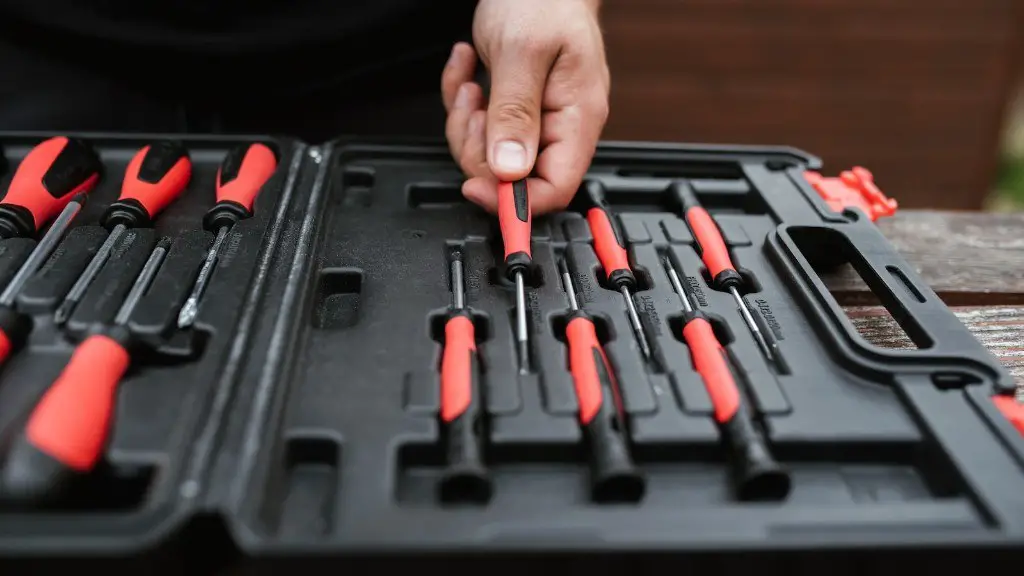An ESD screwdriver is a type of screwdriver that is designed to prevent electrostatic discharge (ESD) when working with electronic components. ESD can damage sensitive electronic components, so it is important to use an ESD-safe screwdriver to avoid causing irreparable damage.
ESD screwdriver is a tool that is used to prevent electrostatic discharge (ESD) from damaging sensitive electronic components.
How does ESD tools work?
ESD equipment is designed to protect against the threat of static electricity. It does this by preventing the buildup of static electricity, safely discharging static charges, and protecting the environment.
Electrostatic discharge is the release of static electricity when two objects come into contact. Familiar examples of electrostatic discharge include the shock we receive when we walk across a carpet and touch a metal doorknob and the static electricity we feel after drying clothes in a clothes dryer.
What is ESD equipment
An electrostatic-sensitive device (often abbreviated ESD) is any component (primarily electrical) which can be damaged by common static charges which build up on people, tools, and other non-conductors or semiconductors. ESD damage can occur when the static charge is suddenly discharged, for example when a person touches a metal object. The discharge can cause a variety of problems, including data loss, hardware damage, and even fires. To protect against ESD damage, it is important to use ESD-safe materials and components, and to take precautions to avoid static buildup.
An ESD-safe cleanroom is a room that has been specifically designed and outfitted to reduce the risk of electrostatic discharge (ESD) events. This is accomplished by using grounding and static dissipative materials and equipment, as well as by implementing specific protocols and procedures. Everything from hand tools and matting to storage and ionization systems must be carefully chosen and used in order to create a safe and effective cleanroom environment.
What are the two examples of ESD tools?
ESD tools are used to protect computer equipment from static electricity. The antistatic wrist strap protects computer equipment when grounded to a computer chassis. The antistatic mat protects computer equipment by preventing static electricity from accumulating on the hardware or on the technician.
An antistatic wrist strap is a device that helps to prevent the buildup of static electricity on a person’s body. It is worn around the wrist and is connected to a ground source. This helps to protect sensitive electronic equipment from damage by electrostatic discharge (ESD).
Why is ESD needed?
ESD control products are needed in order to prevent damage from the electrical charges that accumulate during critical manufacturing processes. ESD can damage electronic devices and components, so it is important to have a way to protect them from it. There are a variety of ESD control products available, so you can choose the one that best suits your needs.
ESD, or electrostatic discharge, is a real and ever-present risk to people. ESD energy can be high enough to cause painful sensations to human, resulting in involuntary movements and can lead to accidents.
Is ESD really a problem
ESD, or electrostatic discharge, is one of the leading causes of damage to electronic products and components. It can occur during the manufacture, assembly, transport, and storage of these products, and can cause irreparable damage. ESD can be prevented through the use of proper ESD-safe materials and processes.
There are two types of electrostatic discharge (ESD), human body model (HBM) and machine model (MM).
The human body model is when a 100 pF capacitor is discharged through a 1.5 kΩ resistor into a human body (usually a finger).
The machine model is when a 150 pF capacitor is discharged into a 1000 Ω resistor.
To prevent ESD damage, handle parts and devices that are sensitive to ESD in a static-free environment. Use an antistatic wrist strap, antistatic mat, and antistatic bags when working with static-sensitive parts and devices.
What is the best way to avoid ESD?
Electrostatic discharge (ESD) can damage electronic components and equipments. It can happen when two objects with different electrostatic potentials come into contact with each other. ESD can also occur due to triboelectric effect when two materials are rubbed together.
There are several ways to prevent ESD from happening. One way is to avoid hand contact by transporting and storing products in static-safe containers. Another way is to keep electrostatic-sensitive parts in their containers until they arrive at static-protected workstations. Parts should also be placed in a static-protected area before removing them from their containers.
ESD protection is an important consideration when working with sensitive electronic components and assemblies. ESD stands for electrostatic discharge and refers to sudden releases of built-up static electricity. This common phenomenon can damage electronic parts if not guarded against.
How do you identify Esds equipments
This symbol is intended to identify devices and assemblies that are susceptible to ESD. ESD, or electrostatic discharge, is the sudden flow of electricity between two electrically charged objects. This can happen when two objects come into contact with each other, or when an object comes into contact with a conductor, such as a metal surface.
When ESD occurs, it can damage sensitive electronic components. The ESD Susceptibility Symbol is a reminder to take precautions to avoid damaging these components.
A charged device model (CDM) test is used to define the ESD a device can withstand when the device itself has an electrostatic charge and discharges due to metal contact. This discharge type is the most common type of ESD in electronic devices and causes most of the ESD damages in their manufacturing.
What are the most common sources of ESD?
There are various sources of static electricity that can damage static sensitive components. These include waxed surfaces, vinyl floors, plastic bags, and packaging materials that have lost their anti-static properties.
ESD stands for electrostatic discharge. It is the sudden release of static electricity. Components that are sensitive to ESD include resistors, capacitors, and MOSFETs. When ESD occurs, it can damage these components.
Final Words
An ESD screwdriver is a type of screwdriver that is designed to reduce the amount of static electricity that can build up on the surface of the screwdriver. This is important because static electricity can damage sensitive electronic components.
ESD screwdrivers are designed to reduce the risk of electrostatic discharge (ESD) while working on sensitive electronic components. The most common type of ESD screwdriver is the groundable tip screwdriver, which has a tip that can be connected to ground while working. ESD screwdrivers are a critical tool for anyone working on sensitive electronic equipment, and are available in a variety of sizes and styles to fit any application.
